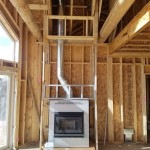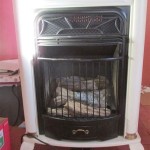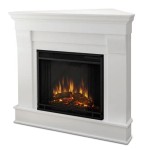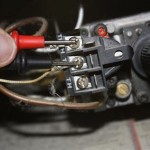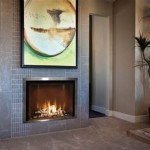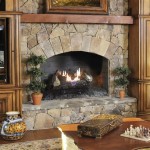How to Build a Fireplace for a Wood Burning Stove
Building a fireplace for a wood-burning stove is a complex project requiring careful planning and execution. This undertaking necessitates adherence to local building codes and regulations, which may vary significantly by region. Consulting with local authorities and obtaining necessary permits before commencing any work is crucial. This guide offers a general overview of the process; however, it should not be considered a substitute for professional advice.
1. Planning and Design
The first step involves meticulous planning and design. Determine the ideal location for the fireplace, considering factors such as proximity to combustible materials, existing chimney structures, and overall room layout. Accurate measurements are essential for calculating material needs and ensuring a proper fit. Sketching a detailed plan, including dimensions for the hearth, firebox, and chimney, will help visualize the finished product and identify potential challenges early in the process.
2. Material Selection
Choosing appropriate materials is critical for safety and durability. Firebricks are typically used for the firebox due to their high heat resistance. The hearth, the area in front of the fireplace, should be constructed from non-combustible materials like slate, tile, or concrete. For the chimney, consider using a prefabricated metal chimney system or constructing one from masonry materials like clay flue liners and mortar. Ensure all materials meet local building code requirements.
3. Foundation and Hearth Construction
A solid foundation is essential for supporting the weight of the fireplace and ensuring stability. The foundation should extend below the frost line to prevent shifting due to ground freezing and thawing. Once the foundation is cured, construction of the hearth begins. This involves laying the chosen hearth material over a concrete base, ensuring a level and stable surface that extends beyond the firebox opening according to local code requirements.
4. Firebox Construction
Building the firebox requires precision and attention to detail. Firebricks are laid using fireclay mortar, a high-temperature resistant material specifically designed for this purpose. The firebox should be sized appropriately for the wood-burning stove, allowing for adequate airflow while preventing overheating. Consult the stove manufacturer’s specifications for recommended clearances and dimensions.
5. Chimney Installation or Construction
Proper chimney installation or construction is vital for safe and efficient venting of combustion byproducts. If using a prefabricated metal chimney system, follow the manufacturer's instructions carefully. For masonry chimneys, ensure the flue liner is properly installed and sealed to prevent leaks. The chimney should extend a sufficient height above the roofline to ensure adequate draft and prevent downdrafts.
6. Mantel and Surround Installation
Once the firebox and chimney are complete, the mantel and surround can be installed. These elements provide a decorative finish and can be constructed from various materials, including wood, stone, or tile. Ensure adequate clearance between the mantel and the firebox opening to prevent fire hazards. Follow manufacturer guidelines and local building codes for safe installation practices.
7. Final Inspection and Testing
After completing the construction, a final inspection by a qualified building inspector is crucial to ensure compliance with local codes and regulations. The inspector will verify the structural integrity of the fireplace, the proper installation of the chimney, and adherence to safety standards. Testing the fireplace with a small fire before regular use is recommended to identify any potential issues with draft or smoke leakage. Addressing any deficiencies identified during the inspection and testing process is paramount before regular use of the wood-burning stove.
This process represents a complex undertaking requiring specialized knowledge and skills. Consulting with experienced professionals, including masons, chimney sweeps, and building inspectors, throughout the project is highly recommended. Their expertise can help ensure the safe and efficient operation of the wood-burning stove and fireplace, protecting both the structure and its occupants.

Building A Fireplace Into An Existing Chimney Cambridge Stove Installations 100 Feed Build Wood Burning Stoves Living Room

How To Build A Long Lasting Fire Fiveways Fires Stoves
Building A Fireplace Around Wood Burning Stove Hearth Com Forums Home
Building A Fireplace Around Wood Burning Stove Hearth Com Forums Home
Building A Fireplace Around Wood Burning Stove Hearth Com Forums Home

Converting A Fireplace To Wood Burning Stove Chesneys

How To Install A Wood Burning Stove Fireplaces Direct Learning Center

Building A False Chimney T For Your Cosy Wood Burner

Simple Guide To Creating A False Chimney T In New Build Property

How To Make An Outdoor Wood Burning Stove Fireplace B Vintage Style
Related Posts

